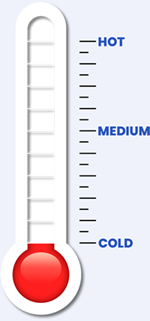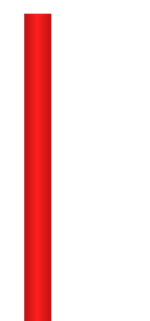-
 Census 2021 Data
Census 2021 Data -
 Homes & Property
Homes & Property -
 Law and Order
Law and Order -
 Jobs & Economy
Jobs & Economy -
 Learning & Schools
Learning & Schools -
 Essential Services
Essential Services -
 Travel & Transport
Travel & Transport -
 Local Amenities
Local Amenities -
 Leisure & Recreation
Leisure & Recreation -
 Environment
Environment
Yield
AL3 8QW
This section gives the estimated property yield for the postcode based on our own unique algorithms, comparing it to the national average. We analyse gigabytes of data to explore why yields might be higher, lower, or in line with expectations. From local market trends to demand and property types, the data paints a clear picture of investment potential in AL3 8QW.
Estimated yield for property investors
0%
Yield
The estimated yield for the AL3 8QW postcode area is 0%, which is lower than the national average yield of 3.8%.


Summary
Low yields combined with moderate safety levels in AL3 8QW suggest that this area may not be the best choice for property investors looking for strong returns. It may be worth exploring other areas with higher yield potential.
Property yields in AL3 8QW are lower than average, which might reflect a more mature or stable market where opportunities for high returns are limited.
The combination of lower yields and moderate safety might indicate that the area is less desirable for high-return investments, though it could still appeal to those seeking stable, long-term growth.
The less urban nature of AL3 8QW suggests a more suburban or rural setting, which could mean lower rental demand but potentially higher property values if the area is considered desirable for homebuyers.
The high ownership rate in this less urban area could indicate a strong preference for long-term residency, which might limit rental opportunities but could ensure more stable property values.
The economic stability in AL3 8QW, indicated by moderate to high income levels and lower unemployment, bodes well for both property values and rental yields, as residents are more likely to afford stable housing.
Factors affecting yield in AL3 8QW
Understanding property yield involves considering various factors like affordability, income, and crime rates. These elements influence rental demand, property values, and ultimately, the return on investment.
Property Yield (%)
Yield is the ratio of annual rental income to property value in AL3 8QW, serving as a key indicator of investment returns. It's influenced by market trends, demand, and the cost of the property.
Property Affordability
Property affordability is gauged by comparing housing prices to average earnings in AL3 8QW. In regions where affordability is low, yields might increase due to higher rents, but buyer interest could be subdued, influencing long-term appreciation.
Rental Affordability
Rental affordability indicates the share of income spent on rent. Excessive rents in AL3 8QW compared to income might dampen tenant demand and decrease yields, while balanced rents can attract and retain tenants, ensuring stable yields.
Household Income
When household income is higher, tenants can typically pay more in rent, potentially improving yields. Yet, in wealthier areas, elevated property prices might reduce the yield percentage even with robust rental income.
Urban Location
Higher yields are frequently observed in urban areas due to strong demand from renters, particularly among a young, mobile workforce. However, the high property costs typical of urban areas can balance out rental income, potentially lowering yield percentages.
Employment Score
Unemployment levels are a key economic indicator; high unemployment often reduces rental demand and increases vacancies, lowering yield. Low unemployment typically correlates with economic stability, driving higher rental demand and better yields.
Outright Ownership
A large percentage of outright homeowners often indicates a stable community with less demand for rentals, potentially lowering yields. Conversely, areas with fewer outright owners might experience higher rental demand, resulting in better yields.
Crime & Safety Levels
High crime rates often lead to a decrease in renter interest and property values, resulting in lower yields. On the other hand, low crime rates make areas more appealing, which can enhance rental income, property values, and yields.
Best Performing Yields
The following postcodes within the AL3 location current have the highest performing yields:
Methodology
Our property yield estimates are derived from a custom algorithm built by PostcodeArea that combines data from the Census 2021 and other reliable third-party sources.
This algorithm evaluates several key factors - including affordability, rental affordability, household income, urbanisation, unemployment rates, property ownership levels, and safety. We do this by assigning weighted scores to each factor. These factors are chosen for their relevance to property investment, with the yield percentage itself carrying the most weight due to its direct impact on potential returns.
The algorithm also incorporates conditional logic to assess how different combinations of these factors might influence property yield. For example, a neighbourhood with high rental affordability and strong income levels might indicate robust rental demand, leading to higher yields.
Conversely, areas with high unemployment and low income could see reduced rental demand, potentially lowering yields.
By considering these interactions, the algorithm provides a more nuanced estimate than simple averages or single-factor analyses.
It's important to note that these yield figures are general estimates intended as a guide rather than precise calculations. While the algorithm offers valuable insights based on historical and statistical data, it may not fully capture the unique aspects of each neighbourhood or current market conditions.
Investors should use this information as a starting point for further analysis and consider it alongside other factors such as market trends and personal financial goals.






